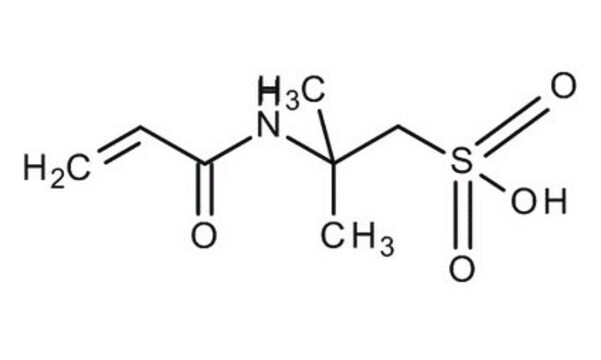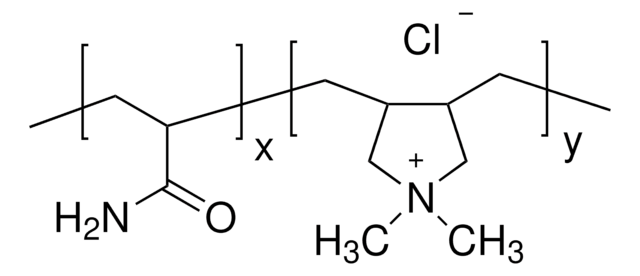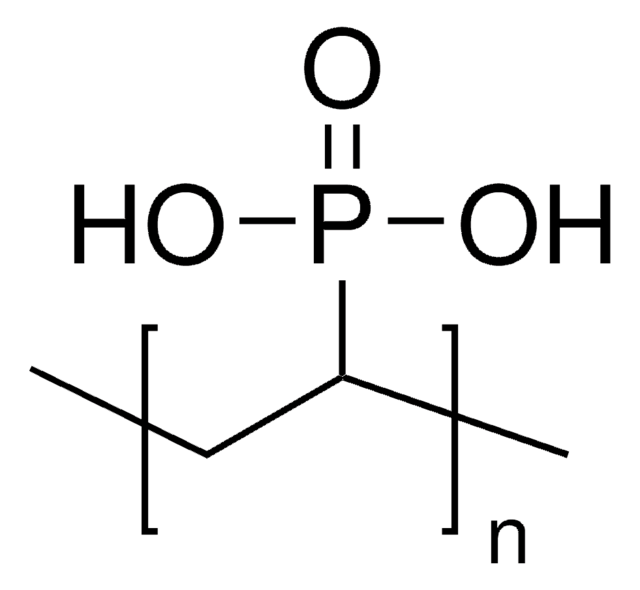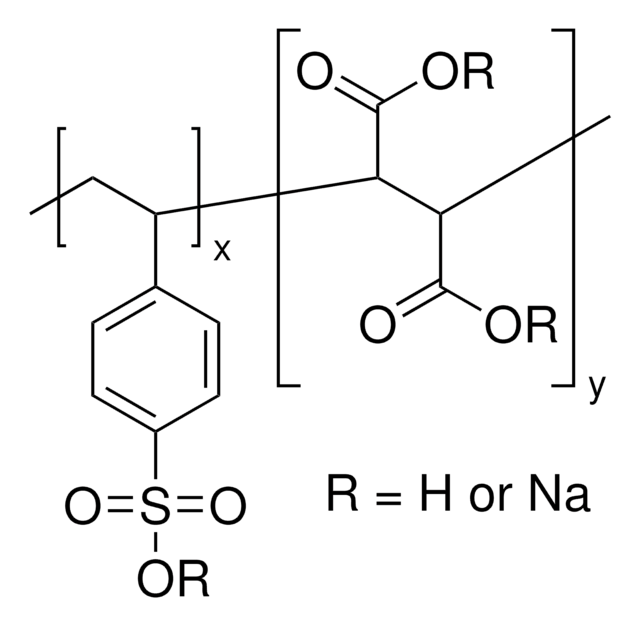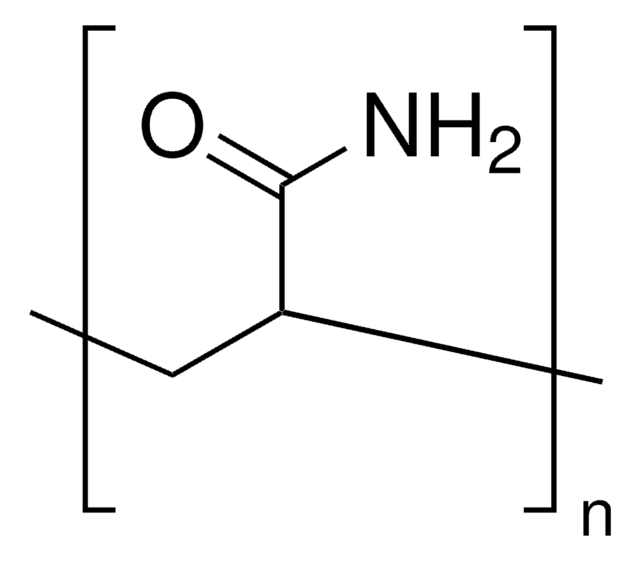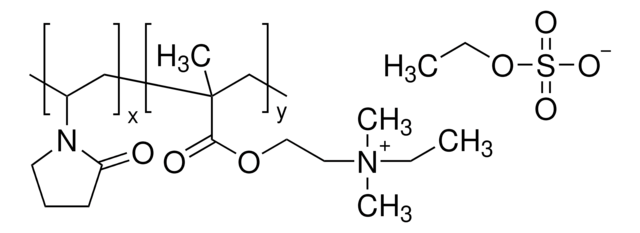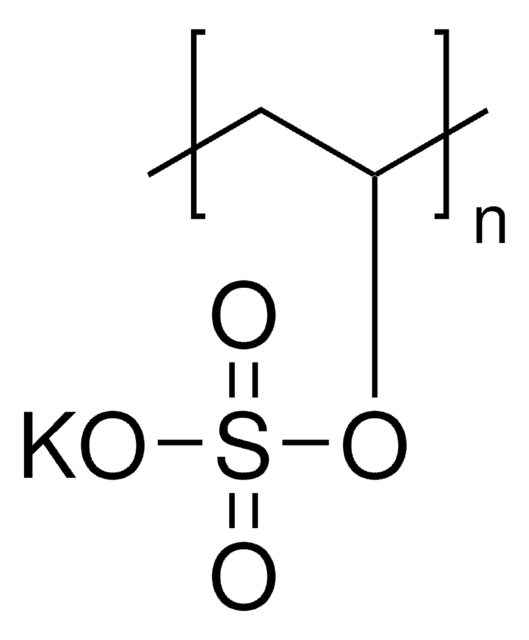Wichtige Dokumente
191973
Poly(2-acrylamid-2-methyl-1-propansulfonsäure) -Lösung
average Mw 2,000,000, 15 wt. % in H2O
Synonym(e):
2-Acrylamido-2-methyl-1-propanesulfonic acid polymer, 2-Acrylamido-2-methylpropanesulfonic acid polymer, PolyAMPS
About This Item
Empfohlene Produkte
Mol-Gew.
average Mw 2,000,000
Konzentration
15 wt. % in H2O
pH-Wert
1.0-3.0
Oberflächenspannung
79.8 dyn/cm, 1 wt. %
Viskosität
~200,000 cP, Brookfield RVT(lit.)
Säurezahl
41‑45 mg KOH/g
SMILES String
CC(C)(CS(O)(=O)=O)NC(=O)C=C
InChI
1S/C7H13NO4S/c1-4-6(9)8-7(2,3)5-13(10,11)12/h4H,1,5H2,2-3H3,(H,8,9)(H,10,11,12)
InChIKey
XHZPRMZZQOIPDS-UHFFFAOYSA-N
Verwandte Kategorien
Anwendung
Leistungsmerkmale und Vorteile
Signalwort
Danger
H-Sätze
Gefahreneinstufungen
Skin Corr. 1A
Lagerklassenschlüssel
8A - Combustible corrosive hazardous materials
WGK
WGK 3
Flammpunkt (°F)
Not applicable
Flammpunkt (°C)
Not applicable
Hier finden Sie alle aktuellen Versionen:
Besitzen Sie dieses Produkt bereits?
In der Dokumentenbibliothek finden Sie die Dokumentation zu den Produkten, die Sie kürzlich erworben haben.
Kunden haben sich ebenfalls angesehen
Artikel
We present an article that discusses two applications in particular; first, using these layers as polyelectrolyte membranes to control permeability.
Unser Team von Wissenschaftlern verfügt über Erfahrung in allen Forschungsbereichen einschließlich Life Science, Materialwissenschaften, chemischer Synthese, Chromatographie, Analytik und vielen mehr..
Setzen Sie sich mit dem technischen Dienst in Verbindung.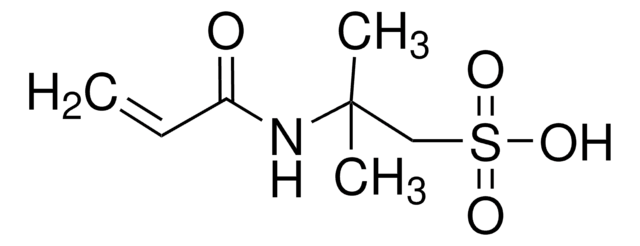
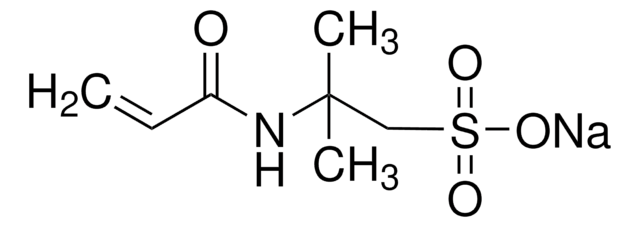
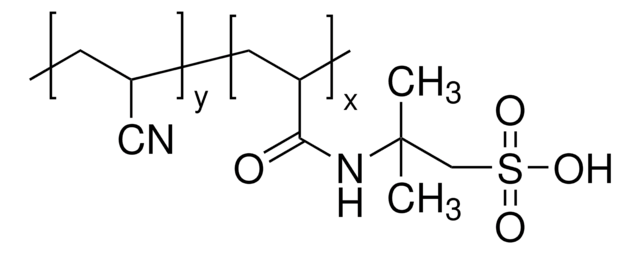
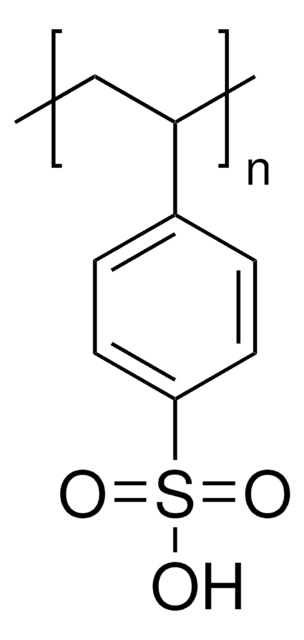
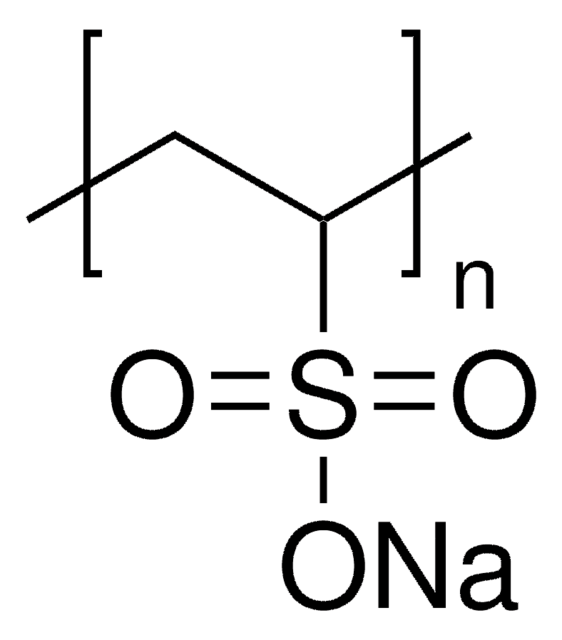
![Poly[bis(2-chlorethyl)ether-alt-1,3-bis[3-(dimethylamino)propyl]harnstoff], quaternisiert -Lösung 62 wt. % in H2O](/deepweb/assets/sigmaaldrich/product/structures/139/843/f0b4a2ac-de44-4fb5-ab36-a700daaf8aa5/640/f0b4a2ac-de44-4fb5-ab36-a700daaf8aa5.png)
